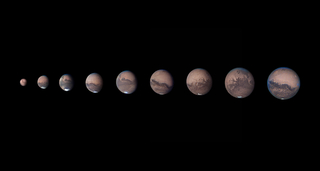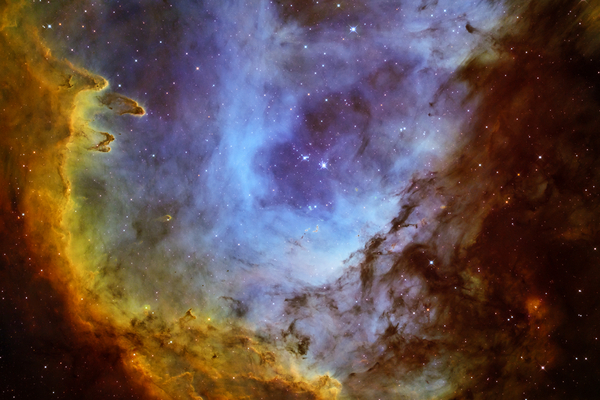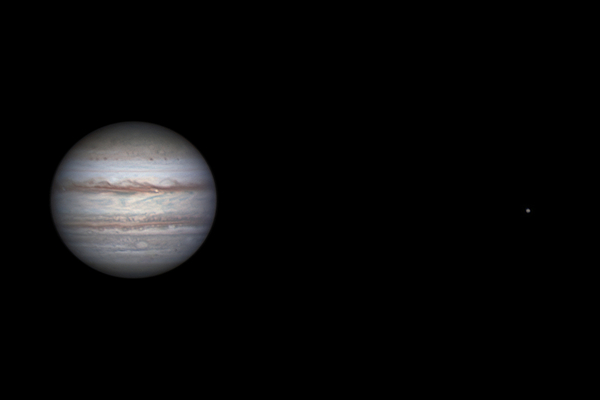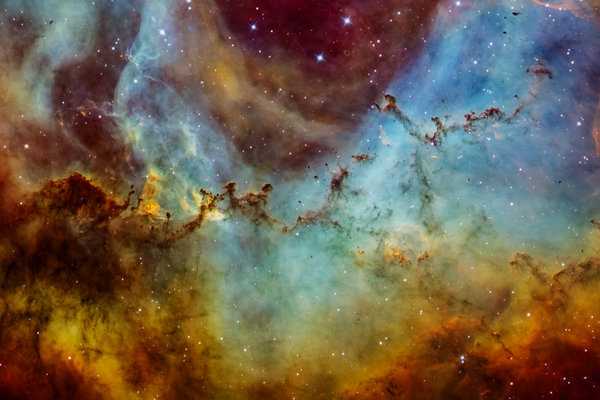Picture of the Month - October 2020 - The 2020 Visibility of Mars
Amazing series on the oppositon of the Red Planet
A wonderful and special astrophotography image each month by Hungarian astrophotographers.
Mars was in opposition on the 13th of September 2020. This means that the Sun, Earth and Mars looking from “above”, viewed from perpendicular to the ecliptic plane, fell on a single, straight line. In this period Mars is passing close to the Earth, a little more than 60 million kilometers, this makes its visibility favorable. It’s characteristic surface features are visible, even with smaller telescopes.
The interesting fact about Mars oppositions is that sometimes they happen closer to the Earth, and other times further. The closest ones can be observed in the summer, the farthest ones in the winter. It causes even more excitement, that the farther the opposition happens from the Earth, the higher it is visible above the horizon, and so higher quality images can be taken of it. Exactly this is why the summer “large” Mars oppositions are hard to image, and the winter ones are too far. The opposition this October, showed a pleasant balance between the two states: the red planet is well imageable, and not very far. The weather here in Hungary can be advantageous in this autumn period, so great images can be taken of this phenomenon, just like we can see on Zsolt Kereszty’s superb image:
My series of Mars images were taken from the Corona Borealis Observatory in Győr, between the 4th of April and 8th of October 2020. The diameter of the planet increased from 6,5 arc-seconds to 22,6 arc-seconds over the past half a year. The seeing varied highly between 3/10 and 7-8/10, so the equal normalization of the images was the main task. For a long time, I have been planning on capturing a Mars opposition and visibility at the right altitude, the first half of which you can see right here. The dawn and dusk edges, the ground level fogging and cloud formation is well recognizable, just like the spectacular Olympus Mons and its caldera, which is the highest mountain in the whole of the Solar System. The series together, also showcases the Martian seasonal change and the polar ice caps shrinking due to, it can also be studied.
Zsolt Kereszty





